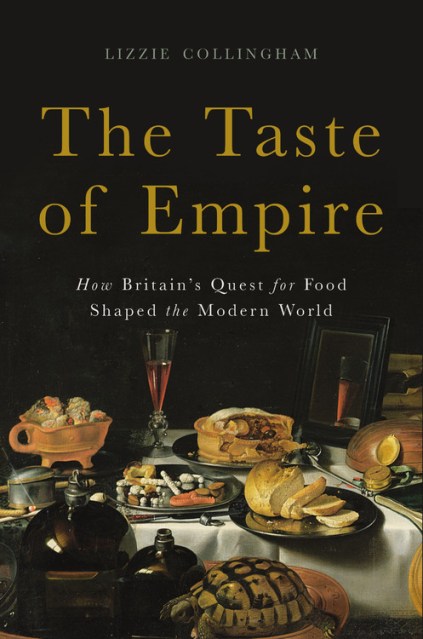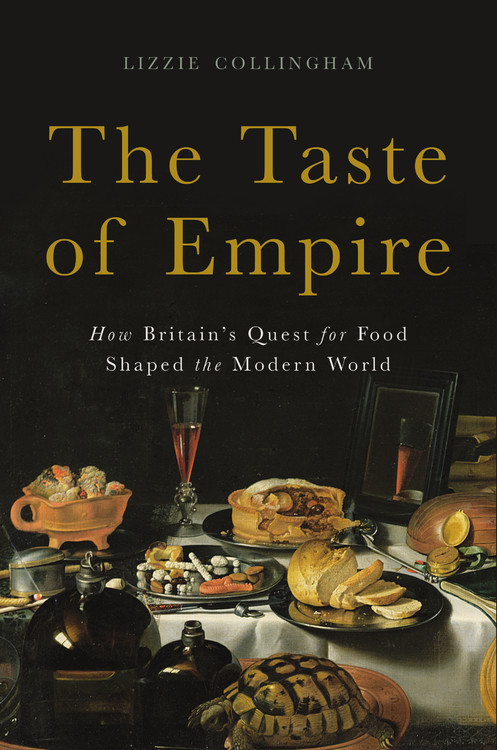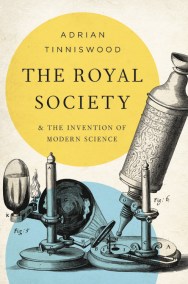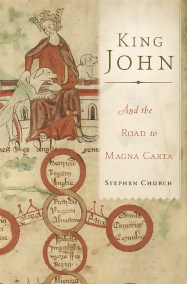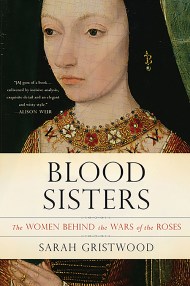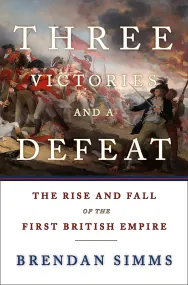Promotion
Use code MOM24 for 20% off site wide + free shipping over $45
The Taste of Empire
How Britain's Quest for Food Shaped the Modern World
Contributors
Formats and Prices
Price
$32.00Price
$42.00 CADFormat
Format:
- Hardcover $32.00 $42.00 CAD
- ebook $16.99 $21.99 CAD
This item is a preorder. Your payment method will be charged immediately, and the product is expected to ship on or around October 3, 2017. This date is subject to change due to shipping delays beyond our control.
Also available from:
In The Taste of Empire, acclaimed historian Lizzie Collingham tells the story of how the British Empire’s quest for food shaped the modern world. Told through twenty meals over the course of 450 years, from the Far East to the New World, Collingham explains how Africans taught Americans how to grow rice, how the East India Company turned opium into tea, and how Americans became the best-fed people in the world. In The Taste of Empire, Collingham masterfully shows that only by examining the history of Great Britain’s global food system, from sixteenth-century Newfoundland fisheries to our present-day eating habits, can we fully understand our capitalist economy and its role in making our modern diets.
Genre:
- On Sale
- Oct 3, 2017
- Page Count
- 408 pages
- Publisher
- Basic Books
- ISBN-13
- 9780465056668
Newsletter Signup
By clicking ‘Sign Up,’ I acknowledge that I have read and agree to Hachette Book Group’s Privacy Policy and Terms of Use
